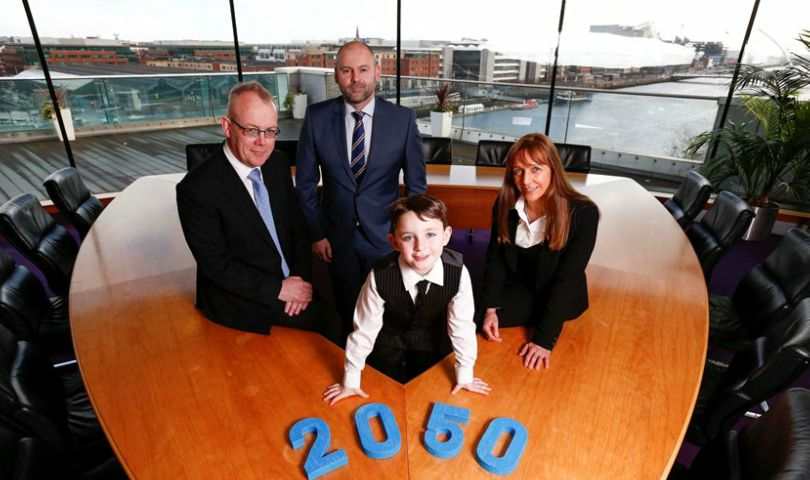No IFSC, no Dart, no M50: that was Dublin 34 years ago, and Dublin Chamber is asking what the city will look like in another 34 years and how to plan for it.
The Chamber of Commerce kicked off its programme to envision the future city this morning, at the first of a series of events which will examine what Dublin might look like in 2050. This will include how people will be living in Dublin, how they will move around the city, where they will work and how they will spend their free time.
Gerard O’Neill of Amárach Research and Anna Davies of Trinity College Dublin presented examples of how a typical day might look in 2050. O’Neill outlined how Dublin could become a global hub for non-government organisations, while Davies offered an insight into how people could soon be washing without water.
Dublin Chamber, in partnership with Fujitsu Ireland and Amárach Research, decided to work on a new long-term 'Vision for Dublin' in an attempt to overcome a history of poor planning and a lack of preparation to meet the needs of Dublin’s citizens and businesses.
DART: Board
Dublin Chamber CEO Gina Quin predicted that Dublin in 2050 will be a very different place. “In considering the type of change that might occur in Dublin between now and 2050, one only needs to consider how much the city has changed over the past 34 years. In 1982 there was no IFSC, the M50 hadn’t been built, and a dart was only something that a Dubliner threw at a board on a wall in a smoke-filled pub.
"Similar change can be expected over the coming three decades. If Dublin is to be a place in which our children and grandchildren want to work and live, it is essential that we start planning for what is coming down the line. This means everything from putting in place the infrastructure necessary to cope with a much larger population through to embracing and capitalising on new technological advancements which will potentially greatly enhance quality of life.”
Dublin Chamber will put its Dublin 2050 vision together using focus groups, survey data and meta-analysis. The chamber has previously produced two long-term visions for Dublin – for 2010 (published in 1997) and for 2020 (published in 2004). The next event in the Dublin 2050 series will take place on April 19 and the chamber will publish its new Dublin vision in autumn 2016.
Photo: Michael McLaughlin, Amarach Research (left) with Fujitsu CEO Tony O’Malley, 7-year-old Liam Cullen and Gina Quin. (Pic: Conor McCabe)








